-
Posts
1,196 -
Joined
-
Last visited
Content Type
Profiles
Forums
Gallery
Events
Posts posted by Stuntflyer
-
-
Jack, I believe you have found a way to do it. You're right that it might be more time consuming unless doing many of them. Still, I will pick up the bit to see how well it cuts. Funny how CS at Dremel told me they didn't have a bit that would do it.
This is the #654 bit
20r19864v15.jpg.b6e00cb020ed1c4d03ae8d8456d6e79f.jpg)
Michael, I will try the file way as well.
Thanks, Mike
-
My original question was about cutting half lap joints. Do you think that the Dremel Shaper Table could be setup to do something similar to this video using a saw blade or cutoff wheel?
http://www.woodsmith.com/magazine/extras/167/mitered-half-lap-joints/
-
Jack,
I called Dremel and they do not sell Rabbet bits. I'm wondering if I would be better off getting a hobby saw, though I'm not sure which one. The Byrnes is perhaps too expensive. I would prefer not doing it by hand.
Mike
-
Bob, Thanks! I am still following your Longboat log. I love what you have done with it so far. No doubt, it will be a beauty when finished.
Mike
-
Hi Thomas,
For the second time I'm seeing your absolutely gorgeous build of the Syren. No doubt there will be a third. I just wanted to point out that there might be some photos that are not linked on page 10.
Mike
-
What Chuck suggests about the mix ratio is what I did on the Longboat. I used 1pt golden oak to 3pts natural and it reduced the blotchy appearance a lot. 20/80 would be better still.
Mike
-
-
-
-
My next build, the US Brig Syren, should arrive sometime this week. There will be some interesting challenges ahead for sure. Again, thank you all for your support and taking the time to visit and comment on my first build.
Mike
-
-
SpyGlass>>> Well, that's an interesting approach with a nice result
-
Druxey>>> I'm certainly willing to try. What would be a good brand of chisel? As of now I don't have any.
Jud>>> I will give that a try
-
-
Now that I'm looking at it I don't think it will work. The strip wood would have to be held 90 degrees for an end cut.
Mike
-
-
-
-
Hello,
Does anyone know what these Model Shipways' Syren colors, hull/spar black and bright red would be in either Model Masters, Floquil or any other good quality acrylic paint that is still available? I realize that floquil is no longer in business but some colors are still available online.
Thanks, Mike
-
Hi Gary,
I'm about to start the Fair American by MS myself very soon. Your doing a really nice job on her. Your log is very informative and I have enjoyed reading it as well.
Regards, Mike
-
My finished Longboat, a very rewarding and humbling experience.
A big thank you to everyone for all your support over the past eight months. You have kept me going when I was seriously in doubt. I know that this wonderful group of people here on MSW will help me to move forward and I look forward to sharing thoughts and ideas with other members in the future.
Now, if I could only decide on what to build next?
- Ryland Craze, Jack12477, trippwj and 10 others
-
 13
13
-
Thank you very much guys! It's been an amazing journey so far.
David B.,
All the paints used were thinned with water. I did the red with Badger water based acrylic and a brush. Trying to spray this paint did nothing more than clog the airbrush. Brushing it on wasn't so great either. If you try and sand between coats, it tends to ball up and subsequent coats tend to bead on the surface of the previous coat. The black as well as the tan (for the belaying pins) were done with Winsor & Newton acrylic and a brush. The quality of the W&N paint is worth every penny and has none of the negative traits of the Badger paint. I will try to spray the W&N paint on the next build.
All of the paint colors are over coated with Testors spray Dullcoat. The red looked very uneven until I used the Dullcoat which does an amazing job of evening out the color tone. The Dullcoat is useful in other ways as well. For example, I used CA to adhere the chainplates to the hull which leaves a tiny amount of shiny CA around the pin where the chainplates are attached. I lightly sanded the CA with the corner piece of #320 sandpaper to dull and partially remove the excess CA. A light spray of Dullcoat completely masked the area so that it blends perfectly with the rest of the hull. The "jib sail outhaul" kept moving along the cap rail and I was sure that any type of glue on the line or cap rail would show. After positioning the line, a light spray of Dullcoat adhered the line to the cap rail with no trace of it and no discoloration of the line.
-
-
Chuck,
I call the company that makes G-S HYPO cement and they say that it won't melt anything and is safe to use on nylon thread.
Mike



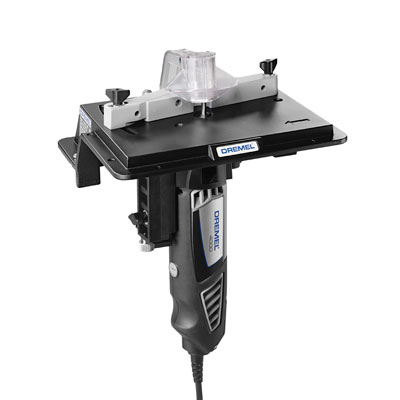
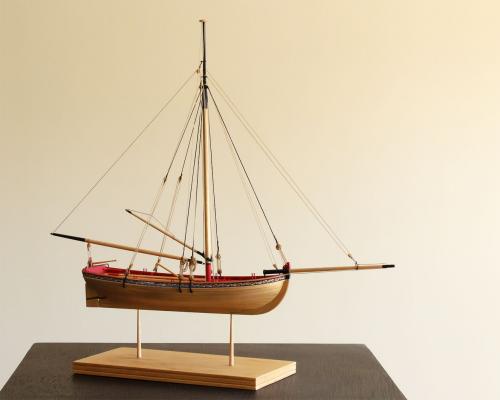
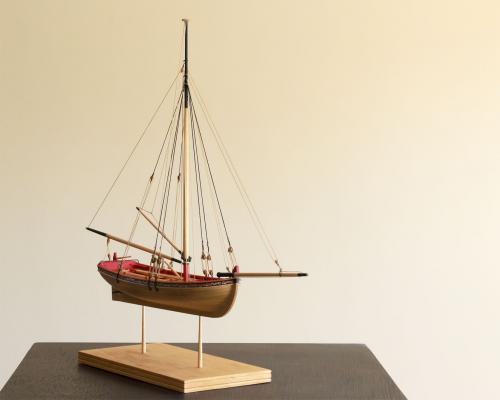
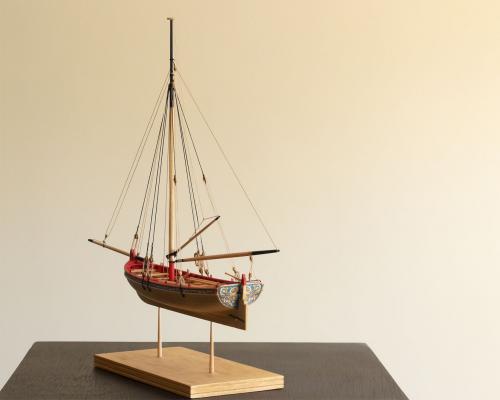
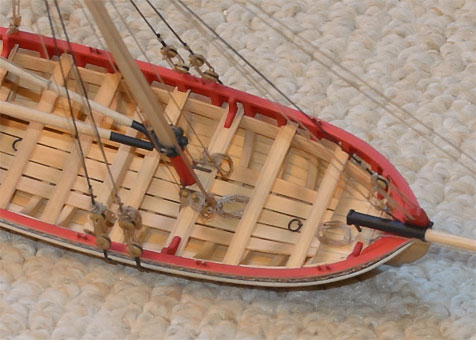
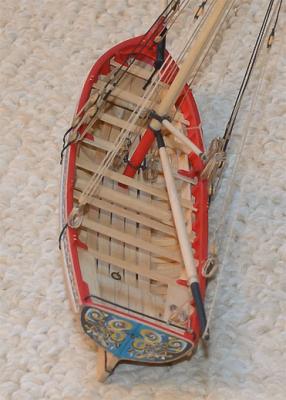
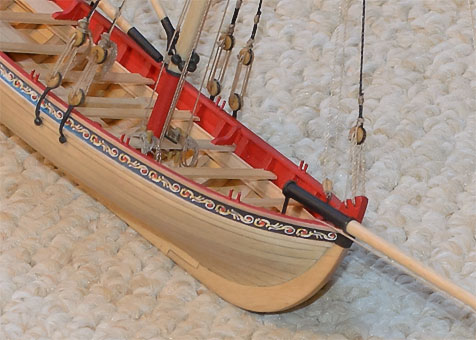
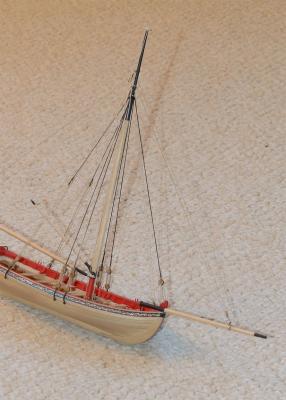
18th Century Longboat by Stuntflyer (Mike) - FINISHED - Model Shipways
in - Kit build logs for subjects built from 1751 - 1800
Posted · Edited by Stuntflyer
Michael,
Thank you for your very kind comments. It's very gratifying to see experienced modeler's like yourself taking time to view my build log.
Mike